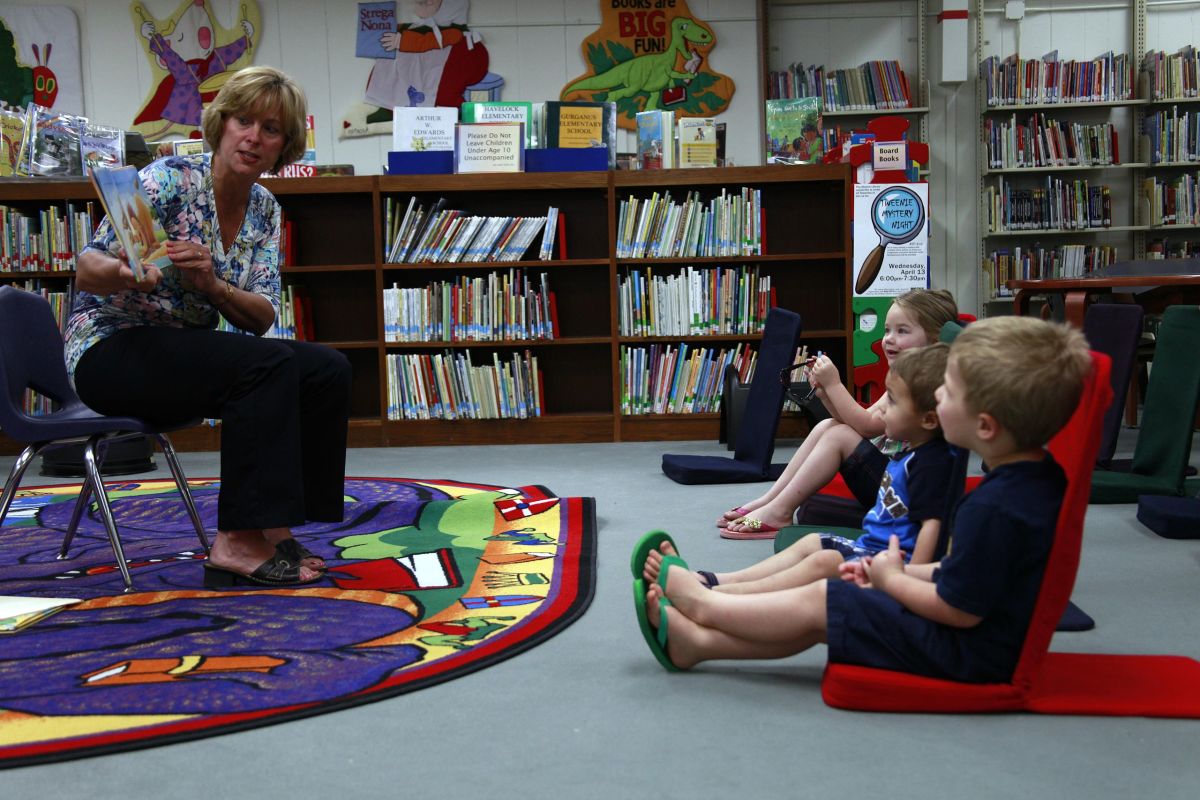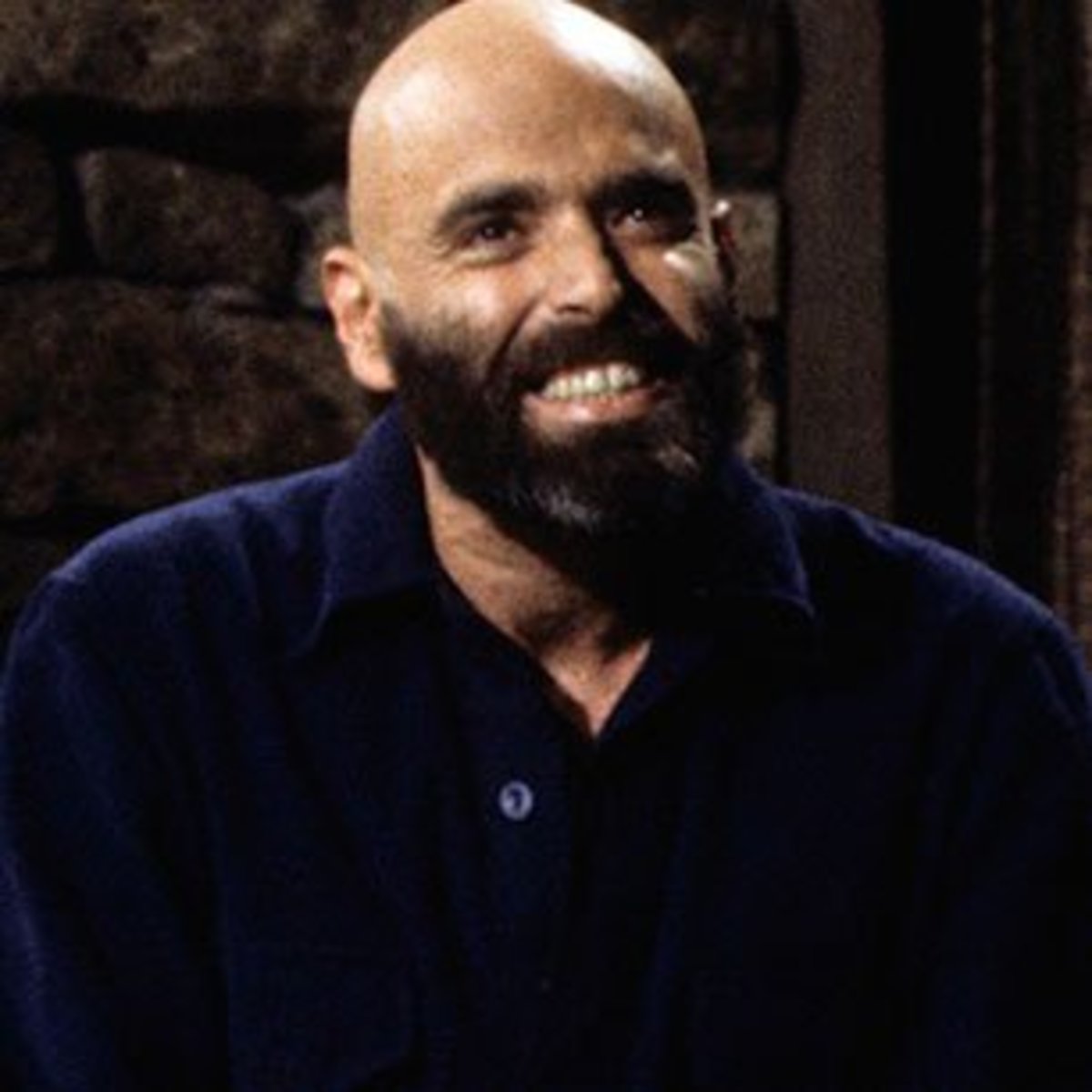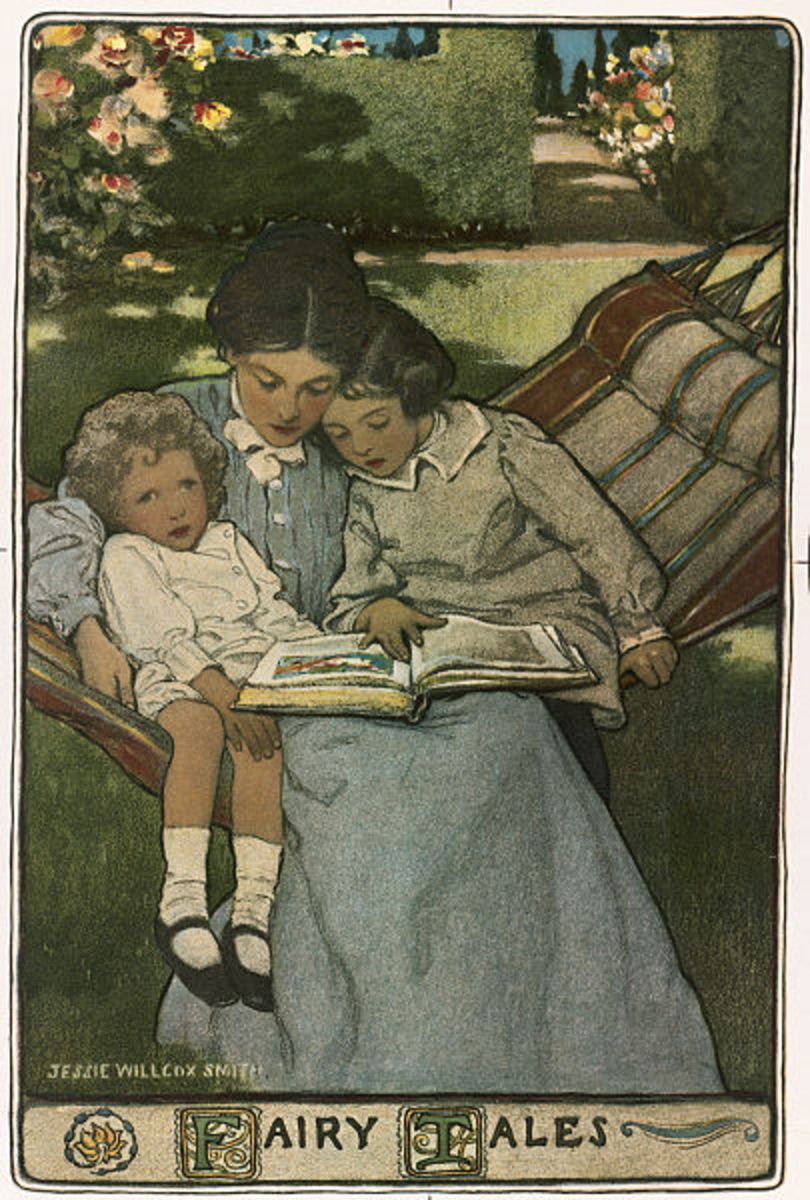How to Write a Great Middle Grade Chapter Book
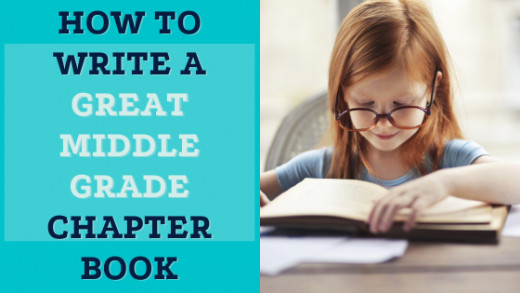
Getting kids to read
Reading.
Kids either love it or hate it. Yet, there are so many great middle grade books out there, and all of them strive to capture the attention of both readers and non-readers. Because of this, middle grade writers can’t be lazy. They have to employ numerous techniques to create stories and characters that will keep kids reading.
It’s thrilling for writers to watch kids engage with books, whether it be voluntarily or through a forced reading assignment that unexpectedly hooks them. Here are some tips on how to write a great middle grade chapter book.
Each chapter ends on a cliffhanger
R.L. Stine’s Goosebumps series is an addictive read for even the most reluctant middle grade reader because:
(1) they are truly scary, and
(2) each chapter ends on a cliffhanger.
When scary things happen, and your main characters’ lives are at stake, you want to know what’s going to happen next. Stine’s chapters usually end with a character crying out an intense line of dialogue or a description that lets you know that danger is approaching.
In early chapters, he pulls the rug out from under his readers, finding out that the character was only dreaming the event, or that they were being pranked by a rambunctious sibling or friend. However, he doesn’t lean on this bait-and-switch method for long at the risk of losing his audience. As the story progresses, so does the danger. So, as the tension grows, the danger becomes more real, and the characters must solve the conflict within the next chapter until the next cliffhanger springs up.
Horror and suspense go hand in hand. But when this technique pops up in other genres, it can be just effective in making its reader devour its story in no time.
R.L. Stine books
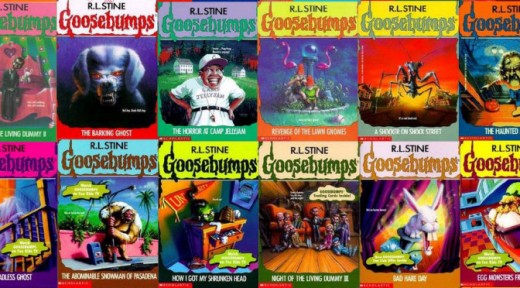
“I need a swim, I decided. I took a step toward the water. But someone reached out from the bushes and grabbed me roughly from behind. I started to scream out in protest. But my attacker quickly clamped a hand over my mouth to silence me.”
— R.L. Stein, Welcome to Camp NightmareCharacters have nicknames
Nicknames help connect the reader to the characters and get to know them more personally. They also help to define a character’s personality. In Walter Dean Myers’ Me, Mop, and the Moondance Kid, each of the kids has a different nickname, and they used throughout the story.
Considering that these are kids who are or were once orphaned, the nickname gives them a very specific identity and control in a life that is out of their control. It also can illustrate the closeness of the characters within the story. Nicknames are fun for writers to create and give unique names to unique characters.
Me, Mop, and the Moondance Kid book cover
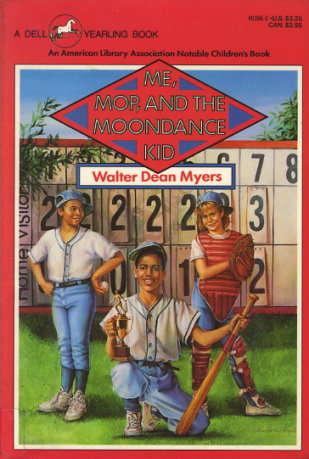
“Evans’s whole name was Jesse Evans but everybody just called him by his last name. I don’t know why. He was always getting mad at somebody, but it was funny because he had this voice like the chipmunk you see on television on Saturday mornings. When he got really mad his voice went even higher.”
— Walter Dean Myers, Me, Mop, and the Moondance KidKid characters talk like kids
Dialogue tends to feel dated as a book ages, but it is an important part of world building and reflecting childhood of the era. Kids might not say they are “cross” when they are mad anymore, and even words used a decade ago are going to be out of style now, but it puts you into the setting of the story.
Their insults, word choice, and even their pronunciation can create well-rounded characters whose dialogue would feel too wooden or adult if they left the “g” on “-ing” words or used “isn’t” instead of “ain’t”.
This is especially true of first person storytelling. It has to sound like a kid is telling the story, and their speech with other characters has to sound different when talking to people, older, the same age, or younger than themselves.
We all adjust our tone and word choice to fit the conversation. It also adds characterization. One kid may talk respectfully to adults. One might speak to adults in defiance. Another might not know that there is a difference and may say the wrong thing without knowing it. All of this comes through in the language.
A good children’s writer knows how different kids speak in different situations. This has to come through in their storytelling.
Maniac Magee book cover
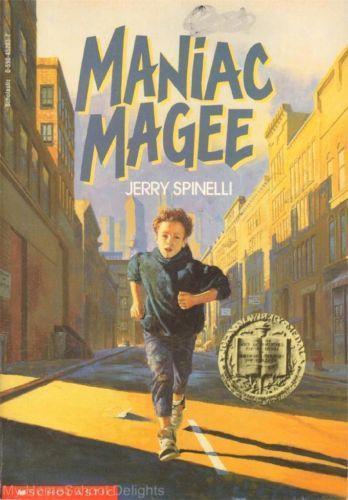
“For the life of him, he couldn’t figure why these East Enders called themselves black. He kept looking and looking, and the colors he found were gingersnap and light fudge and dark fudge and acorn and butter rum and cinnamon and burnt orange. But never licorice, which, to him, was real black.”
— Jerry Spinelli, Maniac MageeThey teach kids new worlds and what they mean
Lemony Snicket’s A Series of Unfortunate Events series gets around word limitations by introducing new words to the reader and defining them in order to get his point across. Not only does it paint a clear picture of a scene or description, but it also provides an unforced vocabulary lesson.
Kids do build their vocabulary when the read, but if a word is not provided in a clear context or explained in a non-preachy way, the book may be too hard, or too boring, for them to follow. Adult writers are constantly keeping this in mind when forming their sentences, trying not to keep them too advanced for their young readers.
A Series of Unfortunate Events series
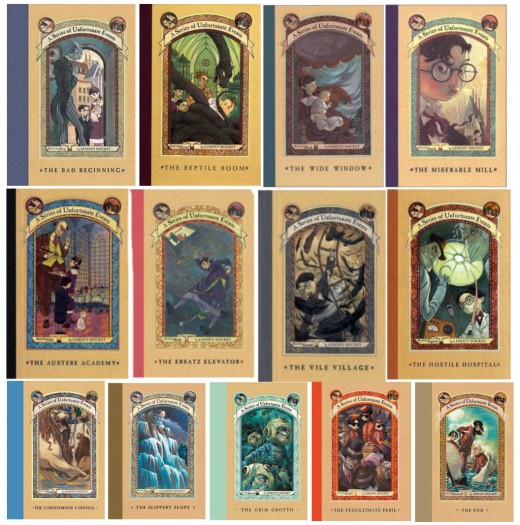
"If you are literally jumping for joy, for instance, it means you are leaping in the air because you are very happy. If you are figuratively jumping for joy, it means you are so happy that you could jump for joy, but are saving your energy for other matters.”
— Lemony Snicket, The Bad BeginningThe books depict real places accurately
Kids, like adults, live in all parts of the world. Some live in the city. Some live in the country. Some live in the suburbs. Setting the scene includes depicting the characters’ surrounds in an accurate light, warts and all.
Readers from all over should be able to get a sense of where the story takes place and what life is like there so that they can compare and contrast it to where they live. New York City is one place that is very fun for both New Yorkers and non-New Yorkers to read about.
It’s Like This, Cat by Emily Cheney Neville takes place in New York City and features many descriptive details of the city, from the smog to the taxi cabs to the independence that comes with being a New York kid. These kinds of books may inspire their readers to travel to these places one day to see it for themselves.
It's Like This, Cat book cover
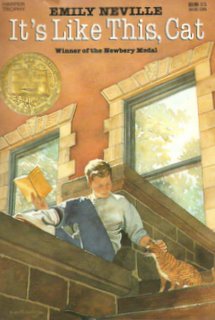
“I looked up, and there was a shiny black car with M.D. plates and Kate waving her umbrella at the driver and shouting: ‘Listen, Dr. Big Shot, whose life are you saving? Can’t you even watch out for a sniveling little kid crossing the street?
The doctor looked pretty sheepish, and so did I. A few people on the sidewalk stopped to watch and snicker at us. Our janitor Butch was there, shaking his finger at me. Kate nodded to him and told him she was taking me home to mop me up.”
— Emily Cheney, It’s Like This, CatThe kid characters are the heroes
Kids want to read about kids solving conflicts and coming of age without adults stepping in to solve their problems. Some adults may be a hindrance while others are helpful, but they shouldn’t ever pull their adult strings in order to wrap up the conflict. Otherwise, both the characters and readers will not learn from their experiences, other than to run to an adult when there’s trouble.
From the Mixed Up Files of Mrs. Basil E. Frankweiler by E.L. Koningsburg follows a brother and sister who run away for a week to live in the Metropolitan Museum of Art and seek to solve a mystery regarding a statue on display in the museum. The sister, Claudia, feels misunderstood by adults and does everything she can to keep them from intervening with her plans. Her brother, Jamie, is just along for the ride and often suggests asking adults for help whenever they get into a jamb.
These polar opposite mindsets are balanced in the form of Mrs. Frankweiler who provides assistance in her own subtle, yet effective, ways. As a result, the book is told from her point of view as an admirer of what the kids were able to accomplish during that entire week on their own.
From the Mixed Up Files of Mrs. Basil E. Frankweiler book cover
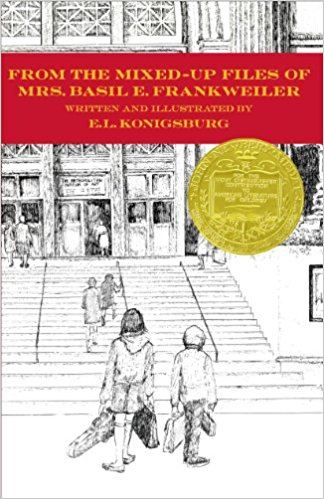
“Claudia knew that she could never pull off the old-fashioned kind of running away. That is, running away in the heat of anger with a knapsack on her pack. She didn't like discomfort; even picnics were untidy and inconvenient: all those insects and the sun melting the icing on the cupcakes. Therefore, she decided that her leaving home would not be just running from somewhere but would be running to somewhere.”
— E.L. Konigsburg, From the Mixed-Up Files of Mrs. Basil E. FrankweilerThey don't talk down to their audience
No child reader wants to be preached at from an adult writer. They want to be understood. Roald Dahl’s books are a perfect example of how chapter books work best when they see their young characters.
Adult characters are usually the villains, insulting, degrading, and even physically abusing them, but they get their revenge. Charlie, Matilda, and Sophie are resourceful, cognizant, and brave Dahl heroes who can identify evil and use it to remain good. They also know how to strategize and pull off heroic acts that save themselves and others from the evil adults.
Dahl was not afraid to depict scary or dangerous situations or to discuss hard topics. He understood that fear and tragedy is as much a part of childhood as it was adulthood, but it can all end well with the right attitude and determination.
Roald Dahl books
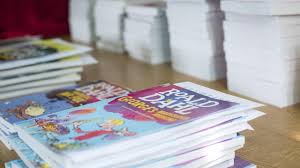
“All the reading she had done had given her a view of life that they had never seen.”
— Roald Dahl, MatildaThe books have an interesting cover
This usually isn’t up to the writer, but it is important to have an eye-catching cover when there are so many middle grade books in competition for its audience on its shelves. They should be detailed, give a clue as to what the story is about, and contain a title that draws in the reader.
A unique font should be used. It should set the tone of the story. Kids aren’t going to be reading best seller lists online to find out what kinds of books are trending. They are going to scan the shelves of their bookstore or library or listen to recommendations from friends.
The original cover of the first book in the Harry Potter series gave the potential reader a ton of subliminal information that would become apparent as they read. The fact that Harry is riding on a broomstick on the cover suggests that it contains magic, but it is also packed full of images that will be described later in the book, such as the unicorn, the three-headed dog, and the lightning-shaped scar on this head.
At the same time, the image isn’t a mess of clues. It’s a balanced, action-packed illustration that draws in fantasy readers.
Harry Potter book cover
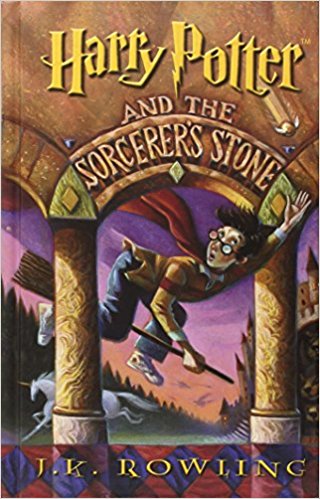
"Harry had always been small and skinny for his age. … Harry had a thin face, knobbly knees, black hair, and bright green eyes. He wore round glasses held together with a lot of Scotch tape .... The only thing Harry liked about his own appearance was a very thin scar on his forehead that was shaped like a bolt of lightning."
— J.K. Rowling, Harry Potter and the Sorcerer's StoneMiddle grade books feature animals
Even a non-animal lover like myself liked to read about animals as a kid. And the animals don't necessarily have to talk like those in Charlotte’s Web.
One of my favorite books of all time is Where the Red Fern Grows by Wilson Rawls. The book is less about a boy who wants a pair of hunting dogs and more about the determination to get what you want.
True animal lovers, though, will gravitate towards any animal story, even, and maybe even especially, those with tragic endings. Animals are a part of growing up. They’re featured in classrooms. They’re bought as presents. Sometimes they are a kid’s best friend. It’s only right that they be featured in books about childhood.
Where the Red Fern Grows book cover
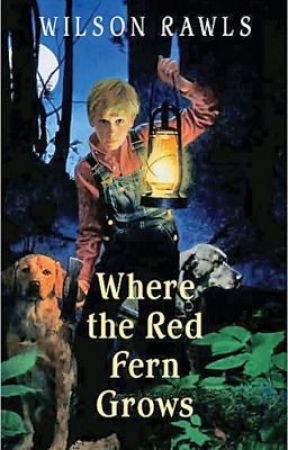
Buy a copy of Where the Red Fern Grows here!
“Men," said Mr. Kyle, "people have been trying to understand dogs ever since the beginning of time. One never knows what they'll do. You can read every day where a dog saved the life of a drowning child, or lay down his life for his master. Some people call this loyalty. I don't. I may be wrong, but I call it love - the deepest kind of love."
— Wilson Rawls, Where the Red Fern GrowsMiddle grade novels have a unique storytelling format
When a reader is flipping through a book and sees a different storytelling format, it may catch their interest. The first section of Dear Mr. Henshaw by Beverly Cleary starts off with a series of letters written by a boy, Leigh, to his favorite writer. These letters are short, easy to read, and keep you reading on, wanting to know how Mr. Henshaw responds to each letter.
The book then switches to diary entries where Leigh really reveals his deepest feelings and daily activities. Some sections of the book revert to a basic first person narrative.
Books can also be written from multiple points of view, entirely out of order, in a “choose your own adventure” format, or include clues or puzzles to keep the reader engaged in the story. It shouldn’t be a gimmick that doesn’t fit with the plot or detract from it. It should be a unique, yet fluid way to tell the story.
Dear Mr. Henshaw book cover
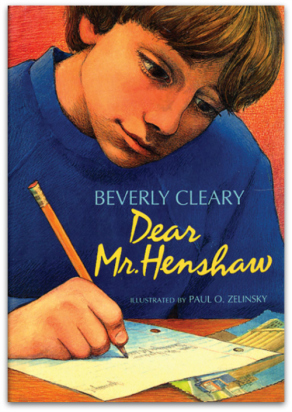
“Dear Mr. Henshaw,
I am the boy who wrote to you last year when I was in the second grade. Maybe you didn’t get my letter. This year I read the book I wrote to you about called Ways to Amuse a Dog. It is the first thick book with chapters that I have read...
If you answer I get to put your letter on the bulletin board.
My teacher taught me a trick about friend. The i goes before e so that at the end it will spell end.
Keep in tutch.
Your friend,
Leigh (Lee) Botts”
— Beverly Cleary, Dear Mr. HenshawMiddle grade series do well
So many chapter books revisit its characters in multiple volumes. Some contain dozens of stories where the characters barely age over time, staying the same age, or sometimes growing with their readers. From The Little House series to The Boxcar Children and even Captain Underpants, young readers are eager to hear more tales about their favorite characters.
Mystery books are especially suited for series as the characters can solve a different mystery in every story. Series allow the writer to really flesh out their characters and dive deep into their histories. Each book can feature a different character narrating their story or just use a third person point of view to narrate what happens next.
Kids love to collect and swap stories and recommend them to their friends. Best of all, they are inspired to continue reading until they have read the entire series and find another, keeping them reading well into adulthood.
Book series
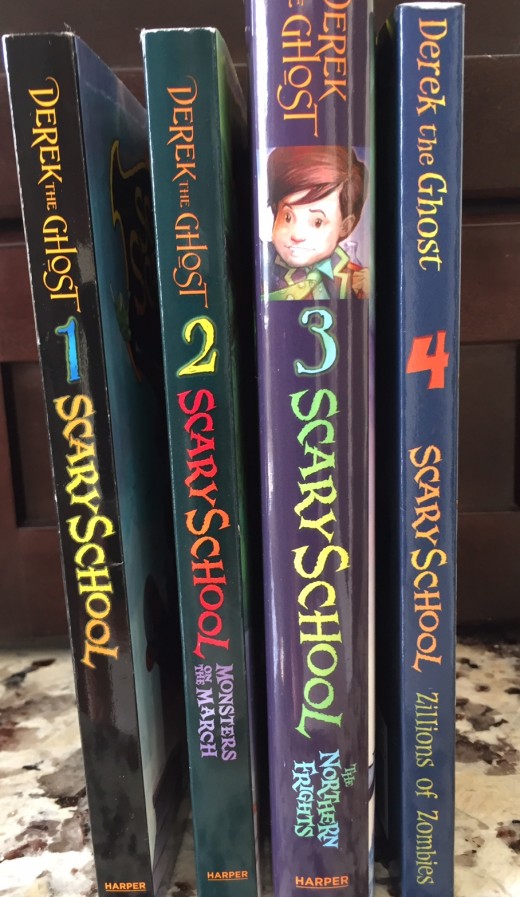
“So they all went away from the little log house. The shutters were over the windows, so the little house could not see them go. It stayed there inside the log fence, behind the two big oak trees that in the summertime had made green roofs for Mary and Laura to play under. And that was the last of the little house.”
— Laura Ingalls Wilder, Little House on the PrairieWhat were your favorite books growing up and why? Leave your answers in the comments below!





